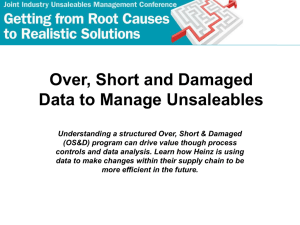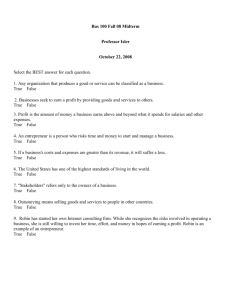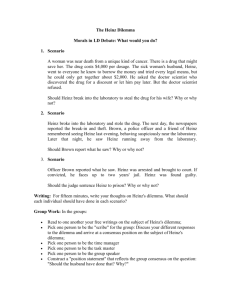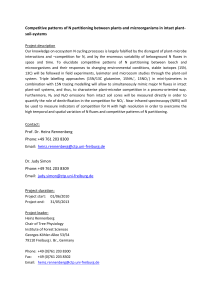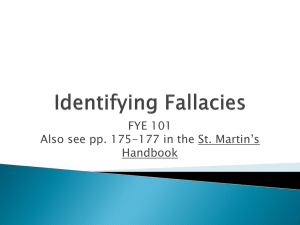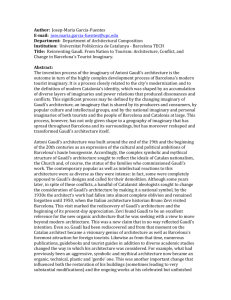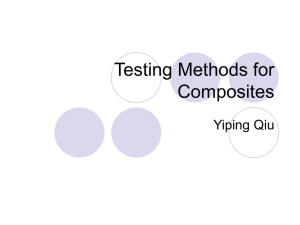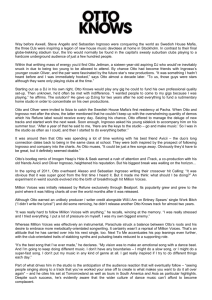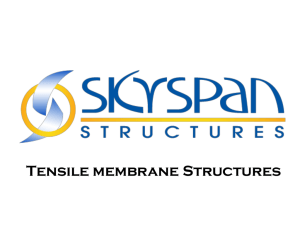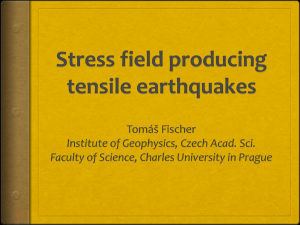abstract
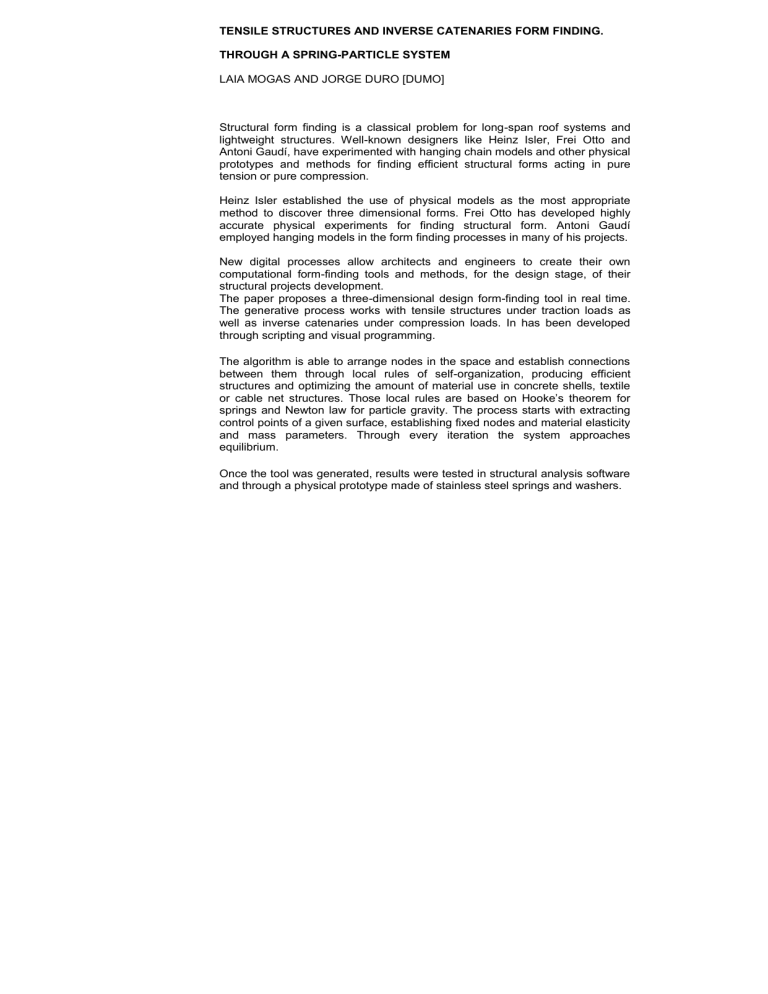
TENSILE STRUCTURES AND INVERSE CATENARIES FORM FINDING.
THROUGH A SPRING-PARTICLE SYSTEM
LAIA MOGAS AND JORGE DURO [DUMO]
Structural form finding is a classical problem for long-span roof systems and lightweight structures. Well-known designers like Heinz Isler, Frei Otto and
Antoni Gaudí, have experimented with hanging chain models and other physical prototypes and methods for finding efficient structural forms acting in pure tension or pure compression.
Heinz Isler established the use of physical models as the most appropriate method to discover three dimensional forms. Frei Otto has developed highly accurate physical experiments for finding structural form. Antoni Gaudí employed hanging models in the form finding processes in many of his projects.
New digital processes allow architects and engineers to create their own computational form-finding tools and methods, for the design stage, of their structural projects development.
The paper proposes a three-dimensional design form-finding tool in real time.
The generative process works with tensile structures under traction loads as well as inverse catenaries under compression loads. In has been developed through scripting and visual programming.
The algorithm is able to arrange nodes in the space and establish connections between them through local rules of self-organization, producing efficient structures and optimizing the amount of material use in concrete shells, textile or cable net structures. Those local rules are based on Hooke’s theorem for springs and Newton law for particle gravity. The process starts with extracting control points of a given surface, establishing fixed nodes and material elasticity and mass parameters. Through every iteration the system approaches equilibrium.
Once the tool was generated, results were tested in structural analysis software and through a physical prototype made of stainless steel springs and washers.
